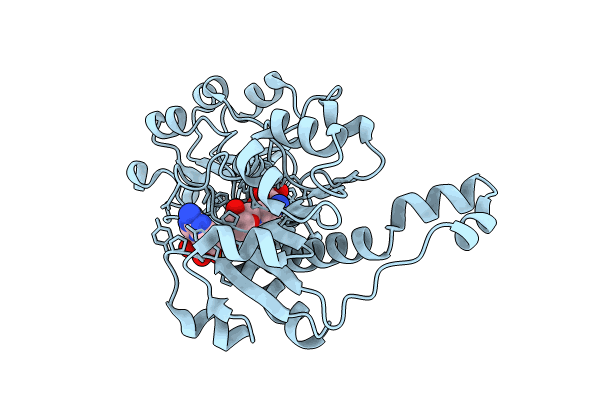
Deposition Date
2023-10-10
Release Date
2024-10-16
Last Version Date
2025-04-30
Method Details:
Experimental Method:
Resolution:
1.90 Å
R-Value Free:
0.20
R-Value Work:
0.17
R-Value Observed:
0.17
Space Group:
P 31 2 1


